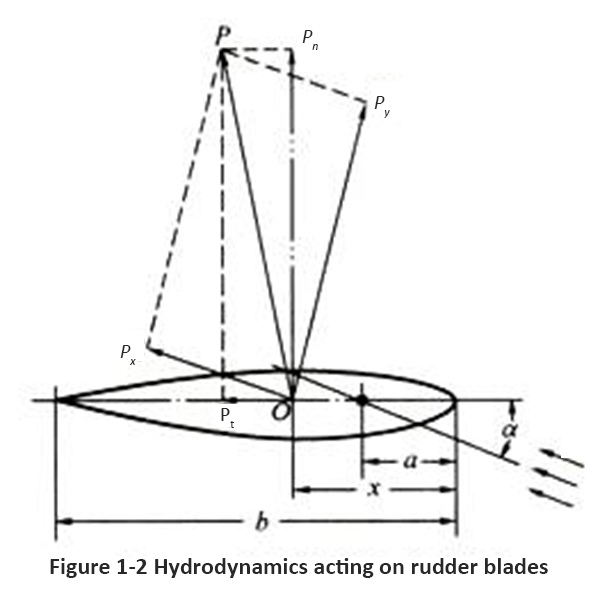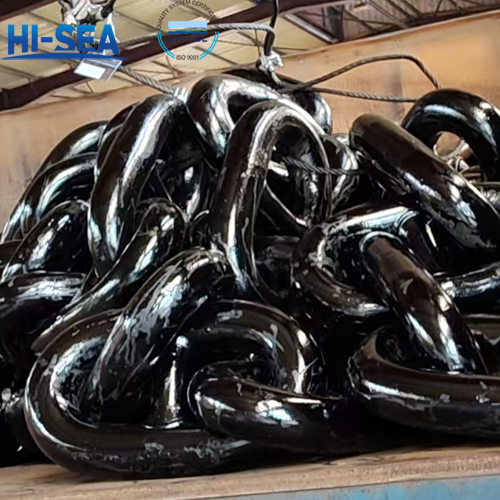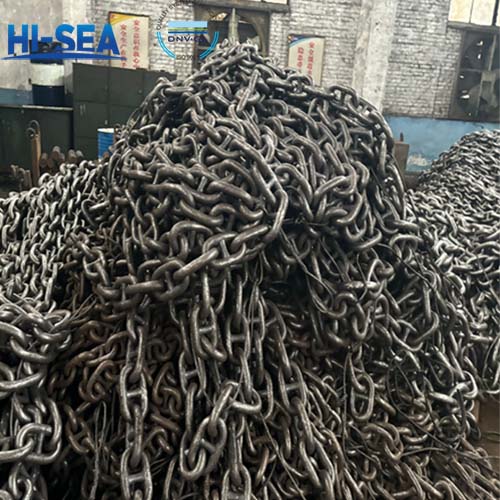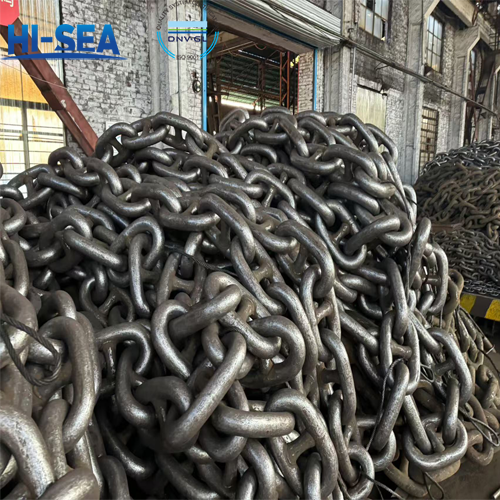
The working principle of marine rudder
The working principle of the marine rudder is based on the basic principles of fluid dynamics, which controls the ship's heading by changing the direction of water flow.
A ship's rudder controls the ship's direction by changing the direction of the water flow and creating a pressure difference.
By precisely adjusting the angle of the rudder, the captain can flexibly control the turning and navigation trajectory of the ship.
Overview
When using rotating rudder blades to change course, there is a series of hydrodynamic processes. When the rudder moves at speed vo, or in other words, water flows through the rudder at speed vo, the rudder is like a finite wingspan wing moving in the flow field. When the rudder angle is zero and the rudder is in the center position, the streamline on both sides of the rudder blade is symmetrical, and no hydrodynamic force is generated on the rudder. When the rudder rotates at a certain angle α, it is equivalent to the wing moving at an angle of attack α and a velocity vo, and the streamline symmetry on both sides of the rudder blade is disrupted, as shown in Figure 1-1.

According to the Bernoulli equation, the streamline at the back of the wing is long, the flow velocity is high, and the pressure is low; The streamline at the wing surface is short, the flow velocity is low, and the pressure is high, forming a pressure difference on both sides of the wing. The pressure distribution is shown by the double dotted line in Figure 1-1, and the pressure at each point on the rudder blade is taken in the normal direction of the surface of the rudder blade. Due to the viscosity of the fluid, frictional forces are generated along the tangent direction of the rudder blade surface. The combined force of the two is the total water pressure (dynamic pressure) on the rudder blade, abbreviated as rudder pressure P. The intersection point between the line of action of P force and the symmetrical surface of the rudder blade is called the pressure center O of the rudder, and its position is usually measured by its distance from the guide edge of the rudder blade.
Decompose the P-force in the direction perpendicular to the motion of the rudder blade to obtain the resistance Px of the rudder blade, and in the direction parallel to the motion of the rudder blade to obtain the lift Py of the rudder blade, as shown in Figures 1-2.

Py can be used to calculate the turning moment generated by the rudder; If the P-force is decomposed along the centerline and perpendicular to the centerline of the rudder blade, the tangential force Pt of the rudder blade and the normal force Pn of the rudder blade can be obtained. Pn can be used to calculate the torque of the rudder stock. According to the translation theorem of force, the force Py can be replaced by a turning moment of PyL/2 (where L is the captain) and a lateral force Py acting on the center of gravity G of the ship. Under the action of turning moment and lateral force, the bow of the ship rotates in the direction of turning the rudder. At this time, the ship will also experience reverse lateral displacement and mild heeling. And the resistance of the ship will increase, and the speed will decrease.
(For more information, please contact us.)
For more marine rudder system information, kindly please click here.





